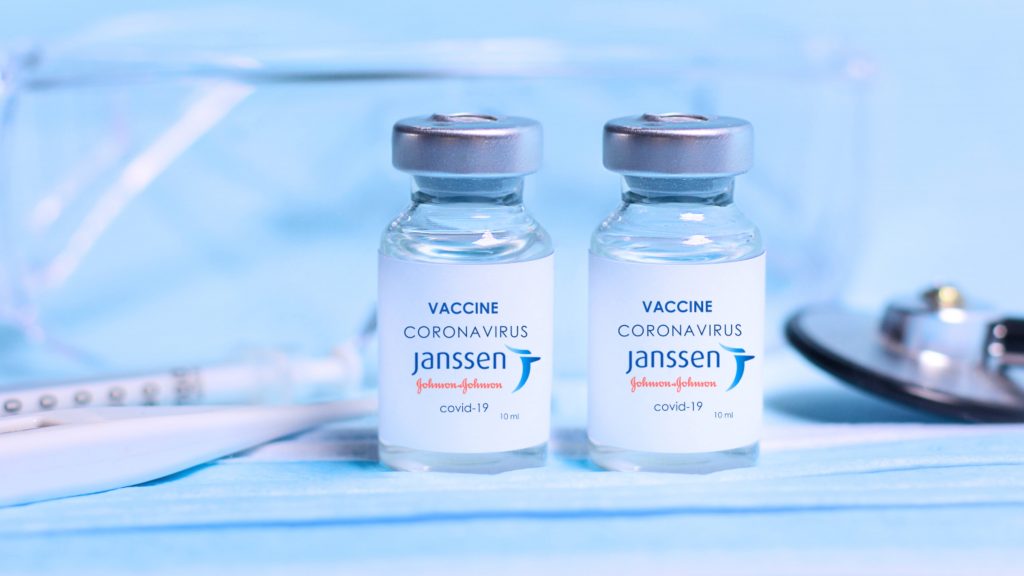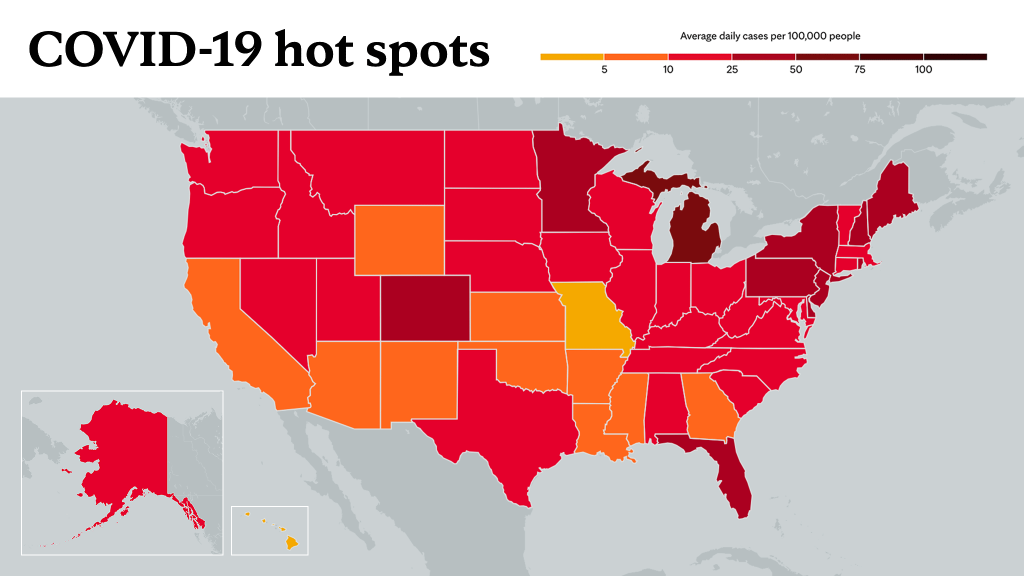
On Friday, April 23, the Advisory Committee on Immunization Practices (ACIP), an independent immunization advisory group for the Centers for Disease Control and Prevention, voted to resume distribution of the Johnson & Johnson (J&J) COVID-19 vaccine after a 10-day pause to investigate reported cases of rare blood clotting events in recipients.
The committee met twice to evaluate and review the data from the rare adverse event cases reported so far. The new term for this serious blood clotting disorder is "thrombosis with thrombocytopenia syndrome," also known as TTS."
The committee assessed the risk of this syndrome, the benefits of the vaccine, and the potential for additional COVID-19 hospitalizations and deaths from disrupting or slowing vaccinations. Based on the group's evaluation, the recommendation for health care providers is to resume distribution of the J&J COVID-19 vaccine and provide education to patients about the new Food and Drug Administration warning and precaution regarding thrombosis with thrombocytopenia, and continue to watch for, evaluate and report any blood clotting cases.
"Dr. Melanie Swift and I were able to listen to both ACIP meetings and deliberations," says Dr. Abinash Virk, co-chair of Mayo Clinic COVID-19 Vaccine Allocation and Distribution Work Group. "The key facts to focus on are the U.S.' system to identify serious adverse effects, including rare ones like TTS, is very robust and reliable, and the ACIP review of the data overwhelmingly showed that the benefits greatly outweigh the risk of the J&J vaccine at a population and individual level."
"I'm glad that we will continue to have this vaccine as an important tool to help end the pandemic," says Dr. Melanie Swift, co-chair of Mayo Clinic's COVID-19 Vaccine Allocation and Distribution Work Group. "The risk of TTS is incredibly low and on a par with other risks we tolerate all the time. This decision gives patients the ability to make informed decisions, and many people really want to be able to take a one-dose vaccine."
Mayo Clinic is committed to patient safety and will take the time required to thoughtfully plan a process and education for patients before resuming distribution of this vaccine.
The risk for thrombosis with thrombocytopenia syndrome is rare overall — an estimated 1 in 520,000 for women under 50 and 1 in 143,000 for women 18–49.
"In fact, the risk is very similar in number to other rare serious adverse effects with many other medications that are commonly taken by patients. We will work on educating our health care providers, patients and community about the risks to allow people to safely make informed decisions," says Dr. Virk.
If you receive the J&J COVID-19 vaccine and experience unexplained new severe symptoms after 72 hours and up to three weeks after vaccination, such as new severe headaches, leg pain, abdominal pain or shortness of breath, you should seek emergency care.
Note: Experiencing mild to moderate headache and muscle aches are common in the first three days after vaccination and do not require emergency care.
_____________________________________________________________
Information in this post was accurate at the time of its posting. Due to the fluid nature of the COVID-19 pandemic, scientific understanding, along with guidelines and recommendations, may have changed since the original publication date.
For more information and all your COVID-19 coverage, go to the Mayo Clinic News Network and mayoclinic.org.
Learn more about tracking COVID-19 and COVID-19 trends.








